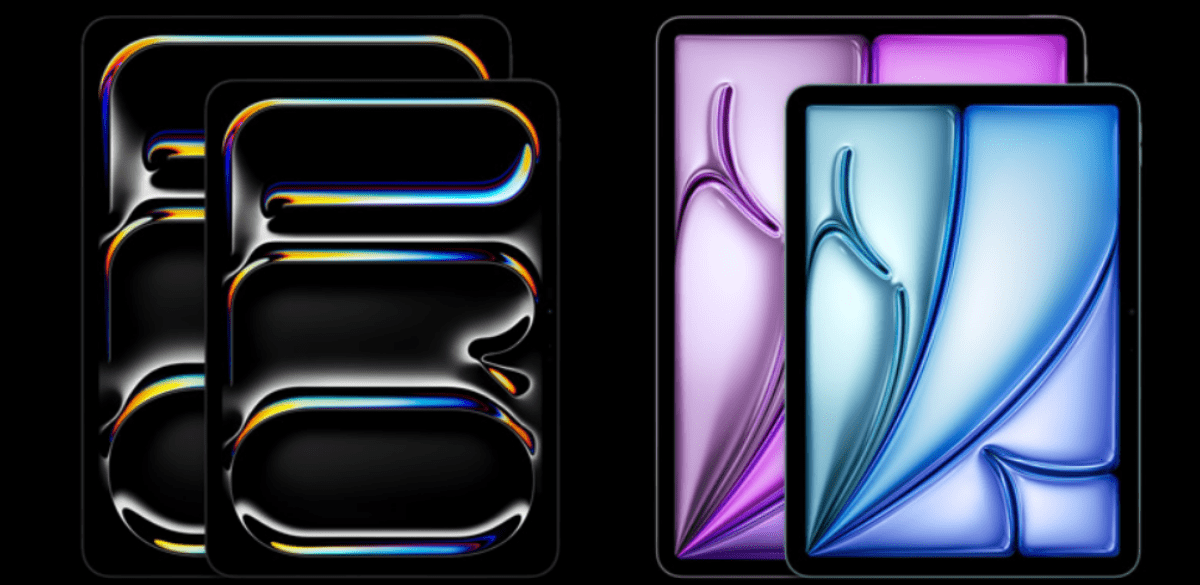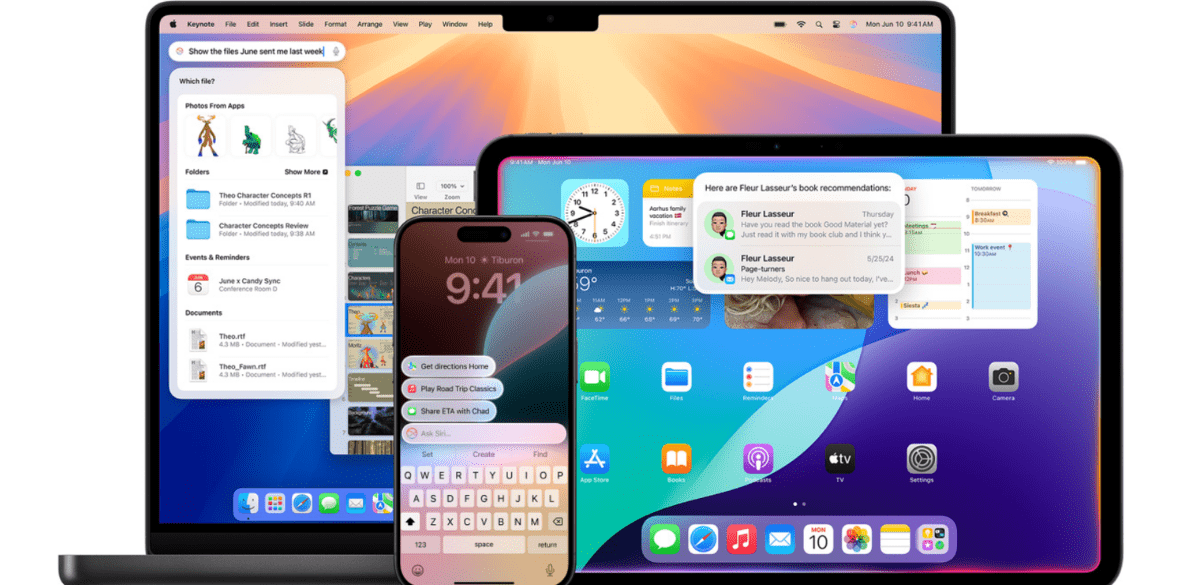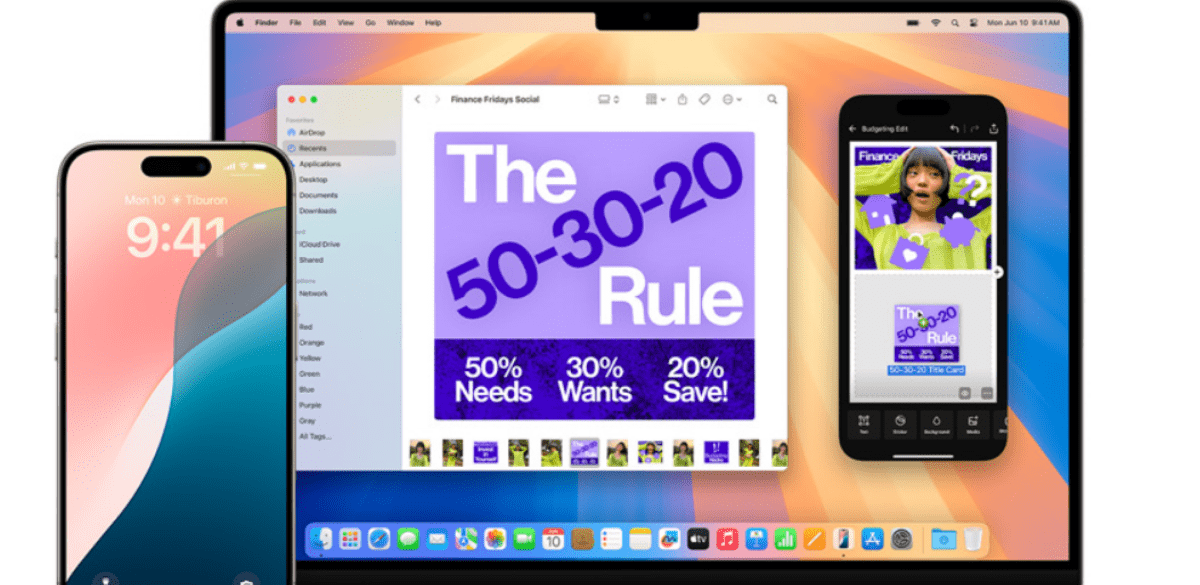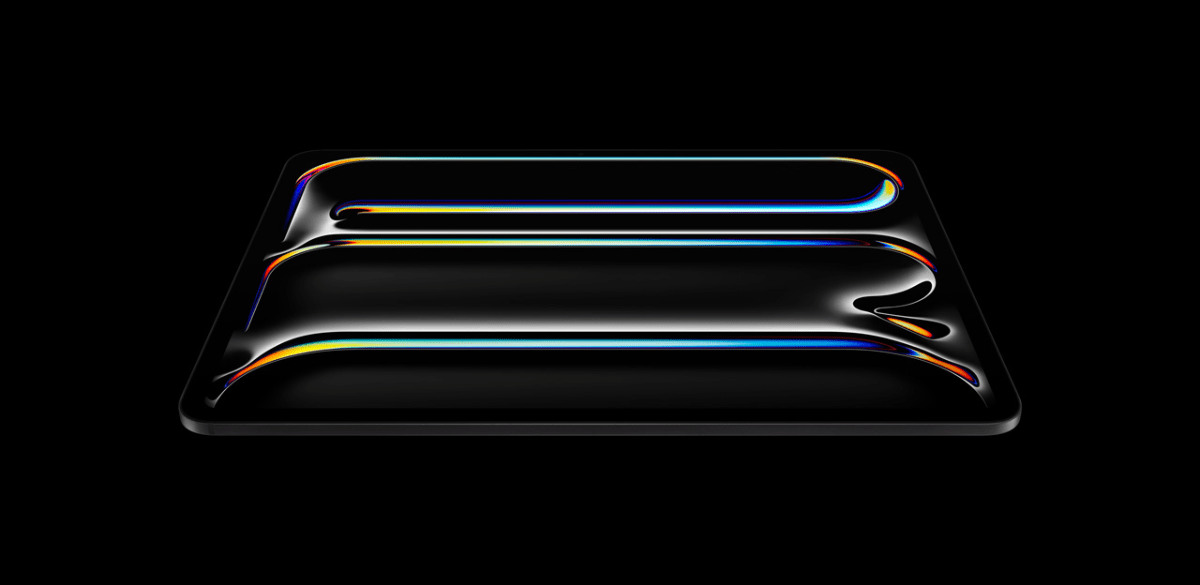Choosing between apple MacBook and an iPad can be a complex task, especially with both devices offering unique features that cater to different needs. In this comprehensive guide, we’ll dive into every aspect of these two popular Apple devices to help you make an informed decision. From design and display quality to performance and price, we’ll cover it all.
Design and Build Quality
MacBook Design
Materials and Build
The MacBook is known for its premium build quality, featuring a sleek aluminum unibody design that exudes durability and elegance. The robust construction ensures that the device can withstand daily wear and tear while maintaining its sophisticated look.
Portability
While MacBooks are generally lightweight and thin, they offer a balance between portability and performance. The 13-inch models, in particular, are easy to carry around, making them ideal for professionals on the go.
iPad Design
Materials and Build
iPads also boast a high-quality build with an aluminum body, though they tend to be lighter and more compact compared to MacBooks. The slim profile of the iPad makes it incredibly portable and easy to hold, even for extended periods.
Portability
The iPad’s portability is one of its standout features. Whether you opt for the standard iPad, the iPad Air, or the iPad Pro, you’ll find that the device is designed to be carried effortlessly, fitting snugly into bags or even large pockets.
Display Quality

MacBook Display
Screen Size Options
MacBooks come in a variety of screen sizes, with the most common being the 13-inch and 16-inch models. This allows users to choose a display size that best suits their needs, whether it’s for casual browsing or professional work.
Resolution and Color Accuracy
The Retina displays on MacBooks are renowned for their high resolution and color accuracy. This makes them perfect for graphic designers, video editors, and anyone who requires precise color representation.
iPad Display
Screen Size Options
iPads offer multiple screen sizes, ranging from the compact 7.9-inch iPad Mini to the expansive 12.9-inch iPad Pro. This range provides flexibility for users to select a size that fits their usage patterns, from reading and gaming to professional artwork.
Resolution and Color Accuracy
iPads feature Liquid Retina displays, which offer exceptional clarity and vibrant colors. The Pro models even include ProMotion technology, which provides a smoother visual experience with a 120Hz refresh rate, ideal for artists and gamers alike.
Performance and Hardware

MacBook Performance
Processor Options
MacBooks are equipped with powerful processors, including the latest M1 and M2 chips, which deliver outstanding performance and energy efficiency. These chips handle intensive tasks such as video editing, software development, and multitasking with ease.
RAM and Storage
MacBooks offer various configurations for RAM and storage, allowing users to choose based on their performance needs. Options typically range from 8GB to 32GB of RAM and up to 2TB of SSD storage, ensuring smooth operation and ample space for files and applications.
iPad Performance
Processor Options
iPads, particularly the Pro models, also come with powerful processors like the M1 chip, offering laptop-level performance. This makes the iPad capable of handling demanding applications, from graphic design to 3D modeling.
RAM and Storage
While iPads generally have lower RAM options compared to MacBooks, they still provide adequate performance for most tasks. Storage options can go up to 1TB, which is more than sufficient for most users, especially with cloud storage solutions available.
Apple Ecosystem What’s Hidden Magic Inside?
Operating System and Software

macOS Overview
Productivity Apps
macOS offers a wide range of productivity apps, from the built-in suite like Pages and Keynote to third-party applications like Microsoft Office and Adobe Creative Cloud. These tools are essential for professionals who need to create and manage content efficiently.
Creative Software
For creative professionals, macOS provides access to industry-standard software like Final Cut Pro, Logic Pro, and more. These applications leverage the MacBook’s hardware to deliver seamless performance and productivity.
iPadOS Overview
Productivity Apps
iPadOS has evolved to support a variety of productivity apps, including Apple’s own suite and popular third-party apps like Microsoft Office and Google Workspace. Features like multitasking and Split View enhance the productivity experience on iPads.
Creative Software
iPadOS supports a growing number of creative apps such as Procreate, Affinity Designer, and LumaFusion. These applications, combined with the Apple Pencil, make the iPad a powerful tool for artists, designers, and video editors.
Battery Life
MacBook Battery Performance
Real-World Usage
MacBooks are known for their impressive battery life, often lasting up to 10-12 hours on a single charge. This is beneficial for users who need a reliable device for a full day of work without needing to recharge.
Charging Speed
MacBooks typically come with fast-charging capabilities, allowing users to quickly replenish the battery when needed. This is especially useful for those who are constantly on the move.
iPad Battery Performance
Real-World Usage
iPads also offer excellent battery life, with some models lasting up to 10 hours or more. This makes them suitable for all-day use, whether for work, entertainment, or creative tasks.
Charging Speed
With support for fast charging, iPads can quickly regain power, reducing downtime and ensuring that users can stay productive throughout the day.
User Experience

MacBook User Experience
Keyboard and Trackpad
The MacBook’s keyboard and trackpad are widely regarded as some of the best in the industry. The responsive keys and the large, precise trackpad provide a comfortable and efficient typing and navigation experience.
Software Integration
macOS integrates seamlessly with other Apple devices and services, creating a cohesive ecosystem. Features like Handoff, AirDrop, and Continuity Camera enhance productivity and ease of use.
iPad User Experience
Touchscreen and Apple Pencil
The iPad’s touchscreen interface is intuitive and responsive, making it easy to navigate. The addition of the Apple Pencil adds a new dimension, allowing for precise input and creative expression.
Software Integration
iPadOS also benefits from tight integration with the Apple ecosystem. Features like Sidecar, which allows the iPad to be used as a second display for a Mac, and Continuity, which enables smooth transitions between devices, enhance the overall user experience.
Connectivity and Ports
MacBook Connectivity
USB-C and Thunderbolt
Modern MacBooks primarily use USB-C and Thunderbolt ports, offering high-speed data transfer and versatile connectivity options. These ports support a range of peripherals, from external drives to 4K monitors.
Additional Ports
While newer MacBooks have reduced the number of ports, older models still offer additional options like USB-A, HDMI, and SD card slots. This can be a consideration for users who rely on these connections.
iPad Connectivity
USB-C and Lightning Ports
iPads have transitioned to USB-C ports in recent models, providing faster data transfer and charging capabilities. Older models still use the Lightning port, which is compatible with a wide range of accessories.
Accessories Compatibility
The iPad supports various accessories, including keyboards, mice, and external storage, enhancing its functionality. The compatibility with the Apple Pencil and Smart Keyboard further extends its capabilities for creative and productivity tasks.
Price and Value
MacBook Pricing
Different Models and Prices
MacBooks are available in several models, from the budget-friendly MacBook Air to the high-performance MacBook Pro. Prices vary significantly, allowing users to choose a model that fits their budget and performance requirements.
Value for Money
While MacBooks are generally more expensive than iPads, they offer excellent value for money, especially for professionals who need a reliable and powerful device for work.
iPad Pricing
Different Models and Prices
iPads also come in a range of models, from the affordable standard iPad to the premium iPad Pro. This diversity ensures that there is an iPad for every budget and need.
Value for Money
iPads provide great value for their price, offering a versatile and portable device that can handle a wide range of tasks. The lower entry cost compared to MacBooks makes iPads an attractive option for many users.
Target Audience
Who Should Buy a MacBook?
Professionals
MacBooks are ideal for professionals who require a powerful, versatile machine for demanding tasks. Whether it’s for software development, video editing, or graphic design, the MacBook delivers the performance needed.
Students
For students, the MacBook offers a robust platform for both academic and personal use. Its durability, battery life, and software ecosystem make it a great choice for college students who need a reliable device for their studies.
Who Should Buy an iPad?

Casual Users
iPads are perfect for casual users who need a device for browsing, streaming, and light productivity tasks. The ease of use and portability make it a convenient option for everyday activities.
Creatives
Creative professionals and hobbyists will find the iPad to be an excellent tool for drawing, photo editing, and other artistic endeavors. The Apple Pencil and powerful apps available on iPadOS make it a versatile device for creative work.
Pros and Cons
MacBook Pros and Cons
| Pros | Cons |
|---|---|
| Powerful performance | Higher price |
| High-quality build | Less portable than an iPad |
| Excellent keyboard and trackpad | |
| Versatile connectivity |
iPad Pros and Cons
| Pros | Cons |
|---|---|
| Highly portable | Limited multitasking compared to macOS |
| Intuitive touchscreen interface | Less powerful than high-end MacBooks |
| Affordable options | |
| Great for creative tasks |
Conclusion
In conclusion, both the MacBook and iPad have their unique strengths and cater to different needs. If you require a powerful, versatile device for professional work, the MacBook is the better choice. However, if portability, ease of use, and creative capabilities are your priorities, the iPad is an excellent option. Ultimately, your decision should be based on your specific requirements and how you plan to use the device.
FAQs
Can I use an iPad as a laptop replacement?
Yes, with the right accessories and apps, an iPad can function as a laptop replacement for many users, especially for light productivity tasks and creative work.
Is the MacBook more powerful than the iPad?
Generally, yes. MacBooks, especially the Pro models, offer more powerful hardware compared to iPads, making them suitable for demanding professional tasks.
Which device is better for students?
Both devices can be great for students, but the MacBook may offer more versatility and power for academic work, while the iPad is excellent for note-taking, reading, and light tasks.
Can I run professional software on an iPad?
Many professional apps are available on iPadOS, but some high-end software may still be exclusive to macOS. Check the availability of the specific software you need before making a decision.
How does the battery life compare between MacBook and iPad?
Both devices offer excellent battery life, with MacBooks generally lasting 10-12 hours and iPads offering similar performance. The specific battery life will depend on usage and the model you choose.
